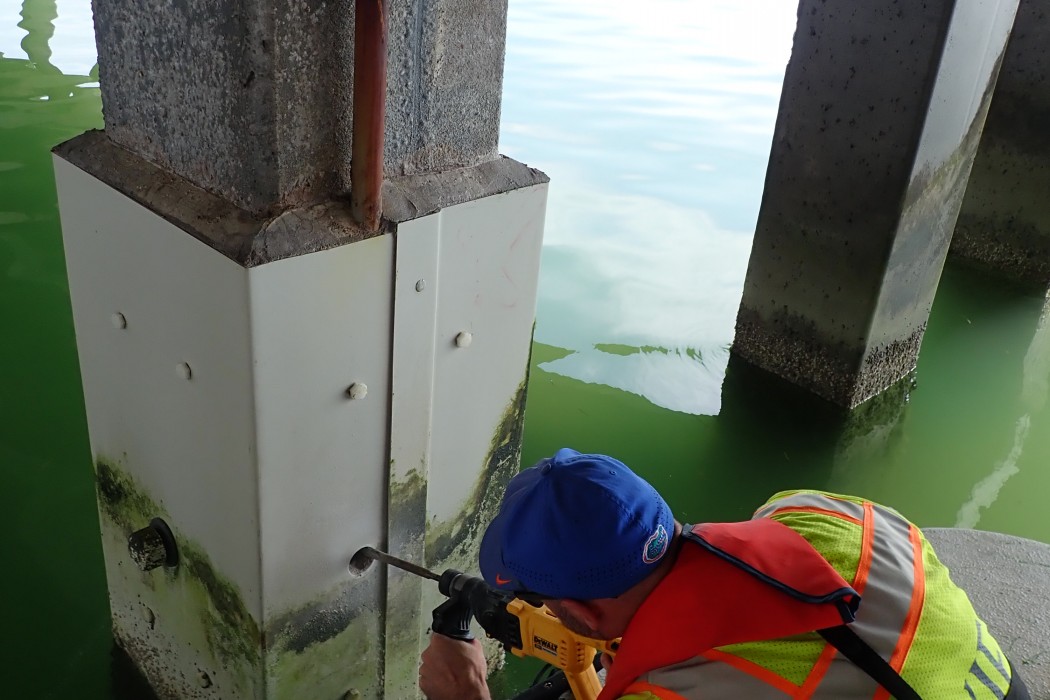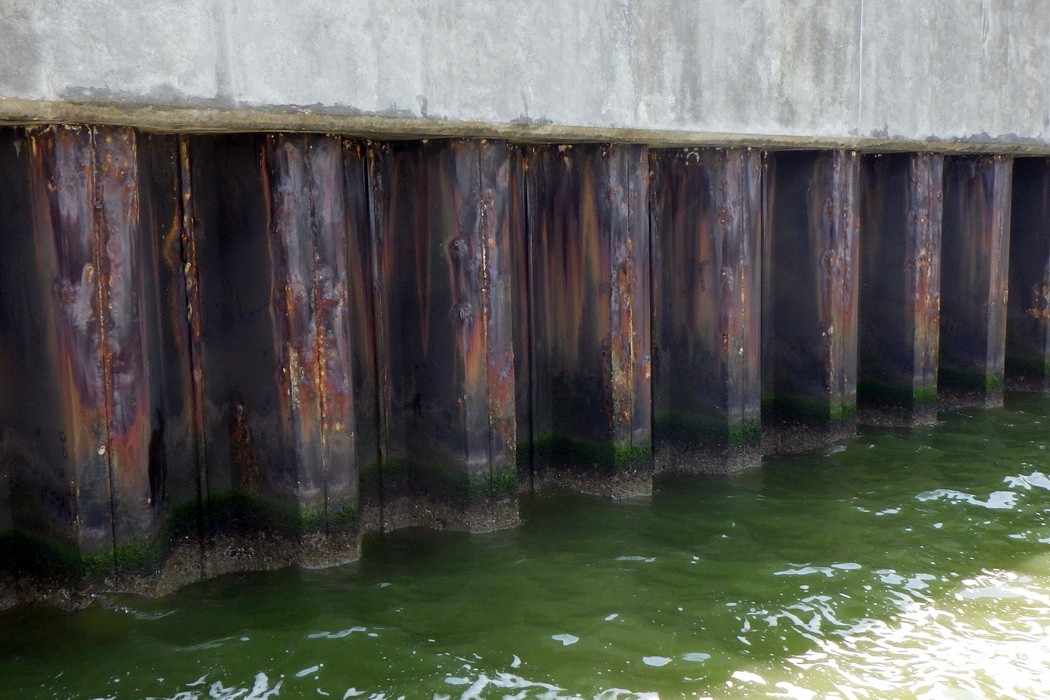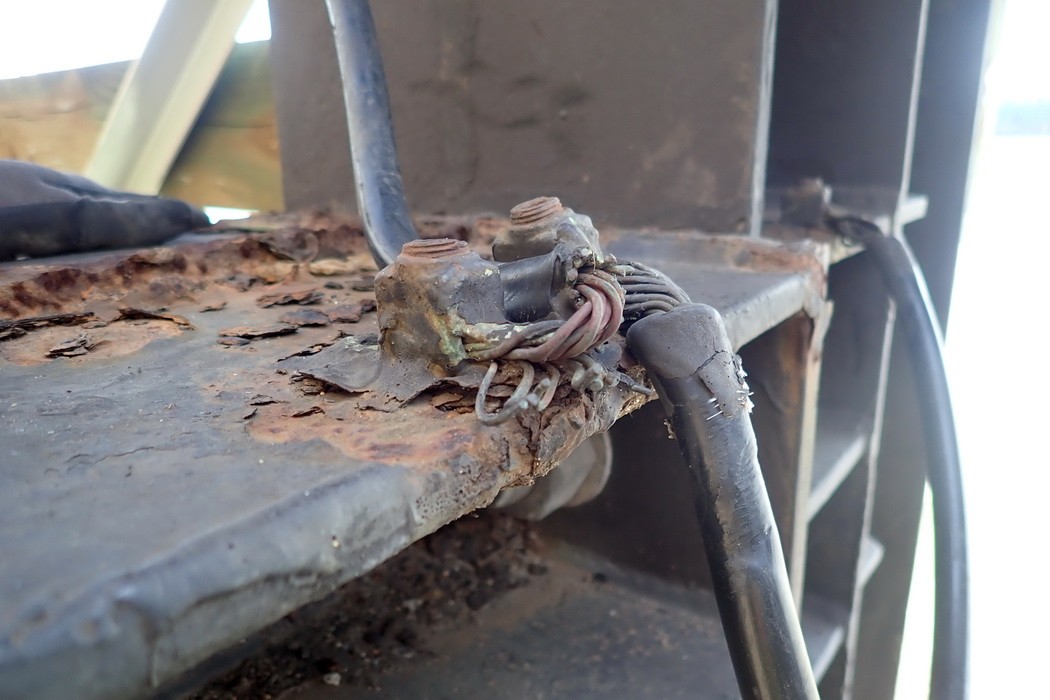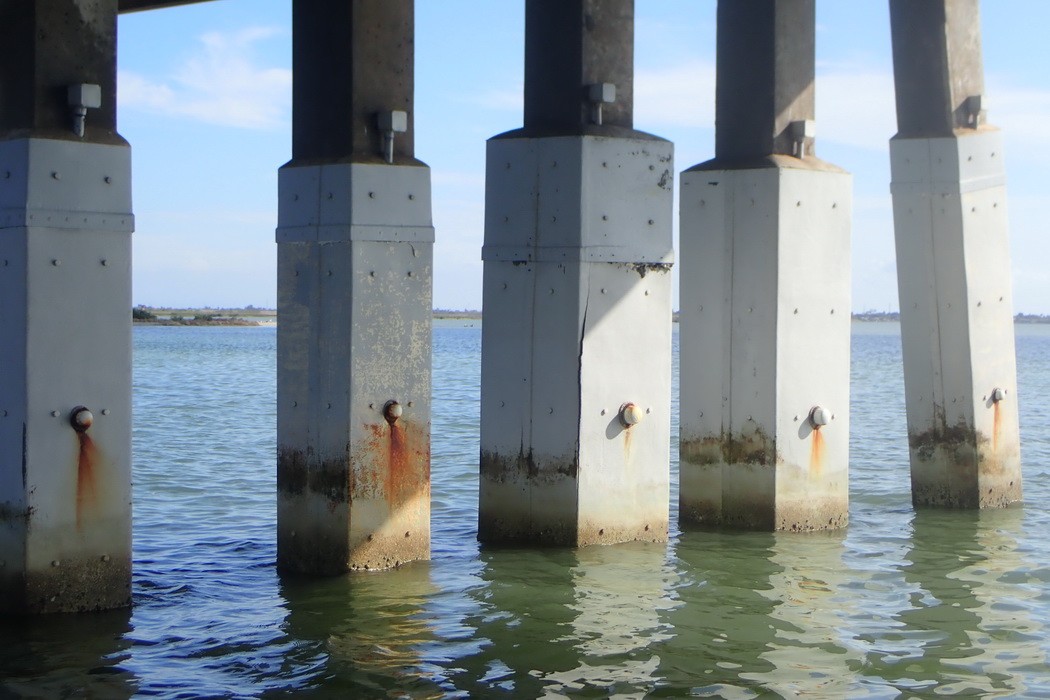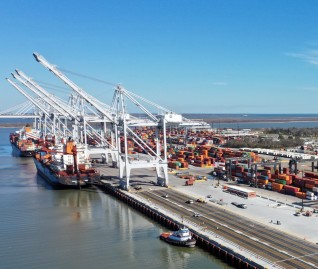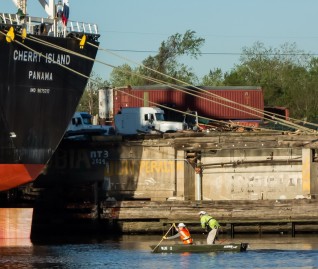EXPERTISE // MARKETS // INFRASTRUCTURE
Cathodic Protection Design
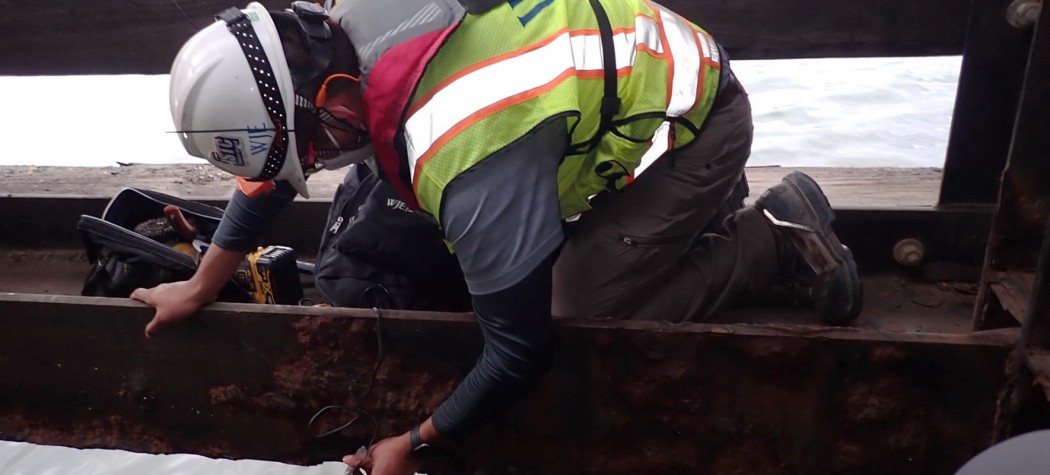

The fundamental reason metals corrode is that the rust products are more thermodynamically stable than the metals themselves. The corrosion cell is a chemical or electrochemical reaction occurring between a metal and its environment that results in the deterioration of the metal and its properties.
Corrosion of exposed or submerged metals or embedded reinforcement is one of the leading causes of deterioration in structures. Many structures are subject to harsh environments with exposure conditions that make corrosion protection and assessment, design, and maintenance a priority. Our experts apply their knowledge gained from corrosion assessments to design cathodic protection systems capable of slowing the deterioration of concrete structures and increasing an asset’s service life. Galvanic and impressed current systems are two methods used to protect structures from corrosion by cathodic protection. Our engineers are experienced with the fundamentals of each approach, including the advantages, disadvantages, and limitations of each system.
Our research and practical application of cathodic protection systems and experimental laboratory experience regarding specialty concretes, galvanic anodes, penetrating sealers, coatings, epoxy-coated bars, epoxy-coated prestressing strands, and admixtures sets us apart from other firms in the development of construction, rehabilitation, and maintenance procedures for corrosion control and cathodic protection of new and older structures.
- CP System Performance Evaluation
- Protective Coatings Evaluation & Selection
- Nondestructive Evaluation
- Corrosion Assessment and Service Life Evaluation (WJE CASLE™)
- Metallurgical Examination & Chemical Analyses
- Coatings & Alloy Performance Evaluation: Electrochemical Methods (EIS & LPR)
- Corrosion Assessment



































